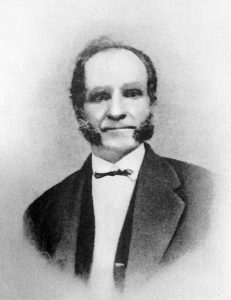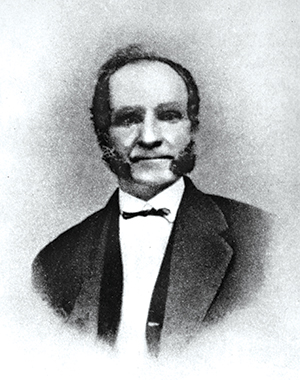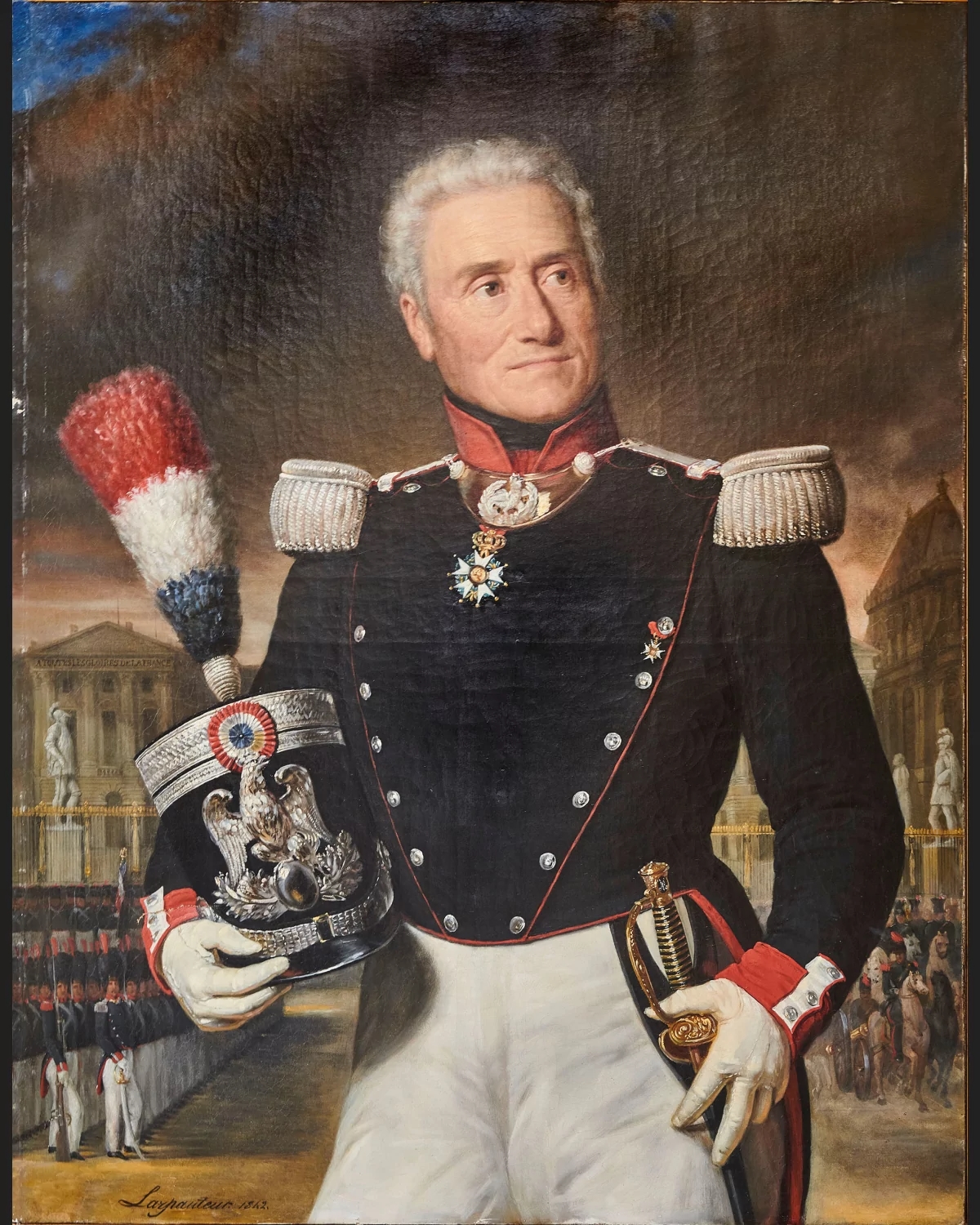The Pen and the Pelts: Charles Larpenteur’s Unvarnished Gaze on the American Fur Trade
In the grand, often romanticized saga of the American West, figures like the mountain man, the trailblazing explorer, and the intrepid pioneer typically seize the spotlight. Yet, beneath the veneer of heroic adventure and self-reliance, a more meticulous, often starker, narrative unfurled. It is in the detailed, sometimes agonizingly honest, observations of men like Charles Larpenteur that we find the true texture of life on the wild frontier – a life less about daring heroics and more about grueling endurance, shrewd negotiation, and the relentless pursuit of profit amidst unforgiving landscapes.
Charles Larpenteur was not a legendary trapper, nor a powerful company magnate. He was, by his own admission, a clerk – a meticulous record-keeper, a shrewd trader, and an indefatigable witness to nearly four decades of the North American fur trade. His magnum opus, "Forty Years a Fur Trader on the Upper Missouri," stands as an indispensable primary source, a sprawling, unflinching memoir that peels back the layers of myth to reveal the brutal, mundane, and often profoundly human realities of an industry that shaped the continent.
Born in France in 1807, Larpenteur immigrated to the United States as a young man, initially settling in Baltimore. Like countless others drawn by the promise and allure of the burgeoning nation, he eventually gravitated westward. In 1833, at the age of 26, he embarked on what would become a life-altering journey up the Missouri River, signing on with the legendary American Fur Company. He famously noted in his early entries, "I soon found that I had committed a great error in quitting my trade of carpentry, but it was too late." This sentiment, a mixture of regret and stubborn resolve, would become a recurring theme in his extensive journals, offering a refreshing counterpoint to the often-glossed-over hardships.

Larpenteur’s role was that of a clerk, stationed at remote trading posts such as Fort Union, one of the most important fur trading posts on the Upper Missouri. His responsibilities were far-reaching and critical: managing inventory, overseeing trade goods, keeping detailed accounts of pelts received and supplies disbursed, mediating disputes, and even supervising the men. It was a position that demanded not only literacy and numerical acumen but also an iron will and a keen understanding of human nature, both among his fellow Europeans and the diverse Native American tribes with whom they traded.
His journals are a testament to his meticulous nature. Day after day, Larpenteur recorded the minutiae of life at the fort: the arrival of buffalo herds, the fluctuations of beaver and buffalo robe prices, the illnesses that swept through the isolated outposts, and the ever-present threat of starvation or hostile encounters. He chronicled the brutal winters, where temperatures plummeted and survival was a daily battle against the elements. "The cold was intense," he wrote, "and our provisions scanty; a great many men froze their hands and feet, and some died of cold and hunger." Such unvarnished accounts provide a powerful corrective to romantic notions of the frontier as a land of boundless plenty and effortless adventure.
Beyond the physical hardships, Larpenteur’s journals offer a unique window into the complex social dynamics of the fur trade. He interacted extensively with various Native American nations – the Mandan, Hidatsa, Arikara, Crow, Blackfeet, and Assiniboine, among others. His observations, while often colored by the prevailing Eurocentric views of his time, are remarkably detailed and insightful. He recorded their customs, their diplomatic protocols, their trading practices, and the devastating impact that European diseases and alcohol had on their communities. He noted the constant tension between the need for amicable trade relations and the ever-present threat of conflict, which occasionally erupted into violence.
One particularly poignant aspect of Larpenteur’s writing is his portrayal of the often-strained relationships among the traders themselves. Competition between companies like the American Fur Company and its rivals, such as the Rocky Mountain Fur Company, was fierce, leading to espionage, sabotage, and sometimes outright skirmishes. Within the forts, hierarchy was rigid, and Larpenteur often found himself navigating the ambitions, resentments, and eccentricities of his superiors and subordinates. His accounts reveal the profound loneliness and isolation inherent in frontier life, where companionship was scarce and often fleeting.
Larpenteur witnessed firsthand the dramatic transformation of the fur trade. In its early decades, beaver pelts were king, fueling the fashion for felt hats in Europe and America. But by the late 1830s and 1840s, tastes shifted towards silk, and the beaver trade began its precipitous decline. Larpenteur adapted, focusing increasingly on buffalo robes, which became the new currency of the plains. He describes the vast herds that once blackened the prairies and the efficiency with which Native American hunters, armed with firearms supplied by the traders, harvested them. He also, implicitly, documents the beginning of the end for these magnificent creatures, a foreshadowing of the near-extermination that would occur decades later.
His career was marked by periods of both success and profound disappointment. He moved between various trading posts, often taking on more responsibility, even managing Fort Union for a time. Yet, despite his dedication and meticulousness, he never achieved the significant wealth that lured so many to the West. He saw companies rise and fall, fortunes made and lost. The fur trade was a volatile business, subject to the whims of fashion, the vagaries of nature, and the unpredictable dynamics of human interaction.
After the official end of the American Fur Company in the 1860s, Larpenteur attempted to transition to other ventures. He tried farming, then storekeeping, but found himself ill-suited for the settled life he had so long yearned for. The frontier that had defined his existence was rapidly changing, with settlers, soldiers, and new industries pushing westward, leaving the era of the isolated fur trader behind. These later years, marked by struggle and a sense of being out of place, add another layer of pathos to his story, highlighting the difficulty many frontiersmen faced in adapting to a changing world.
The true enduring legacy of Charles Larpenteur lies not in any grand fortune amassed or empire built, but in the thousands of words he painstakingly inscribed in his journals. These writings, later compiled and published, offer an unparalleled, ground-level view of an era that is now largely gone. Unlike the polished accounts of government explorers or the self-aggrandizing tales of some adventurers, Larpenteur’s narrative is marked by an almost brutal honesty. He doesn’t shy away from detailing his own fears, frustrations, and occasional misjudgments. He describes the scurvy that plagued the posts, the cholera epidemics, the alcoholism that afflicted many men, and the relentless boredom that often punctuated periods of intense activity.

His voice is that of the practical man, the observer, the survivor. He provides invaluable data on trade goods, prices, Native American demographics, and the ecology of the Upper Missouri. But more than mere facts, Larpenteur gives us a human story. He shows us the deep psychological toll of isolation, the complex moral compromises required for survival, and the strange bonds that formed between individuals from vastly different cultures, united by the common pursuit of pelts.
In a world increasingly seeking authentic voices and unvarnished truths, Charles Larpenteur stands as a crucial chronicler. He was not a romantic hero, but a resilient, observant man who dedicated his life to an industry that, for better or worse, played a pivotal role in the shaping of North America. His journals are more than just historical documents; they are a poignant, powerful testament to human endurance, the relentless march of economic forces, and the indelible mark left by those who lived and labored in the crucible of the American fur trade. Through his words, the distant past of the Upper Missouri comes alive, vibrant and raw, reminding us that history is often best understood not through the grand narratives, but through the everyday struggles and observations of those who simply lived it.



